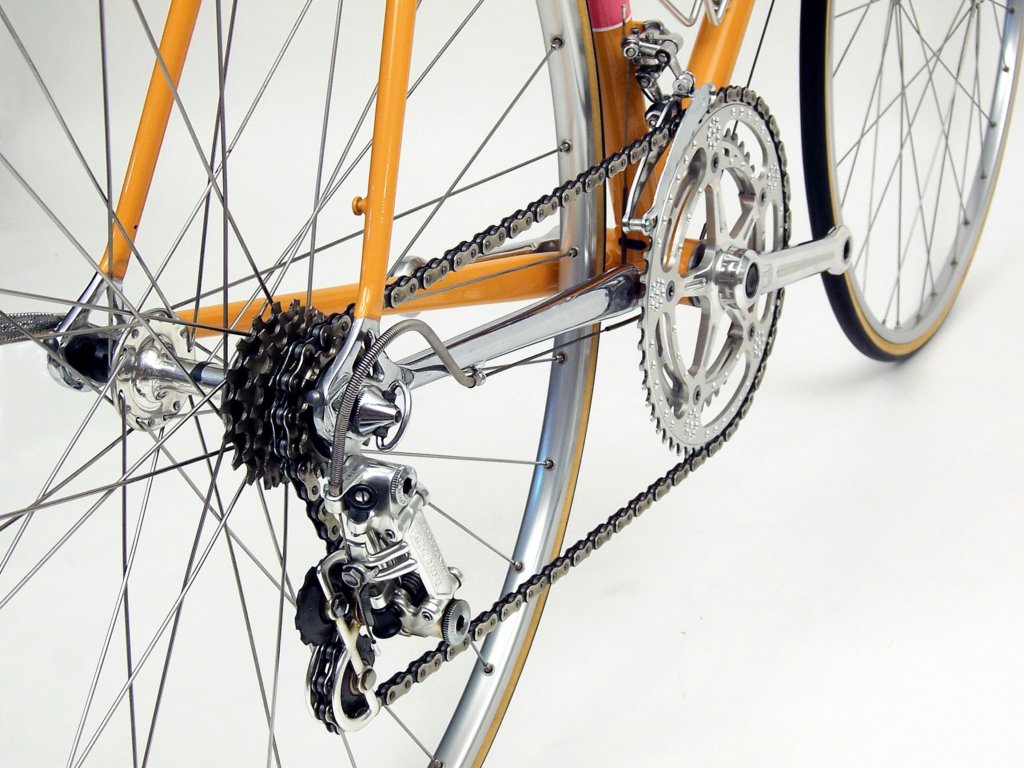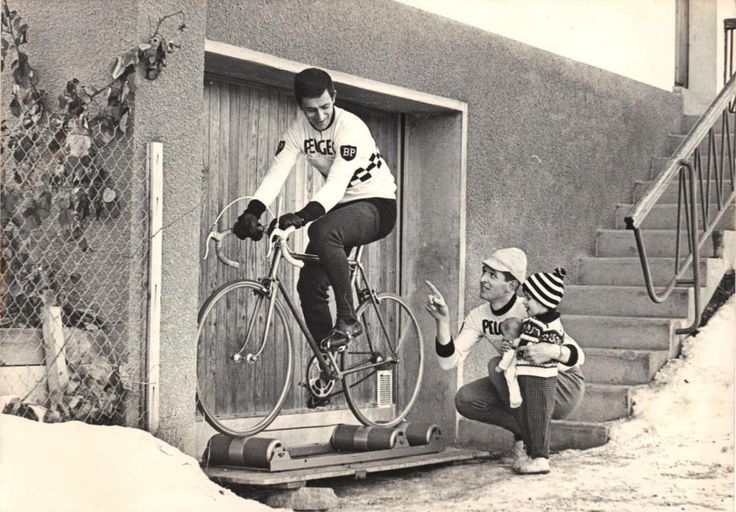In Memoriam: The Straight Block
Disc brakes and 1x drivetrains. These are the sort of things that belong on mountainbikes, are questionable on cross bikes, and should make an immediate trip to the rubbish bin when it comes to road bikes. Change for the sake of change; gimmickry masquerading as innovation. And to make matters worse, the appearance of 11-speed blocks has killed the last vestige of the complexity of our sport: block composition and size.
The question of gear choice was once one of the most critical decisions a Cyclist could make when tackling a course. In The Rider, Tim Krabé describes his gear choice and those of his competitors; throughout the book, he fixates upon which gear he is riding in. José Manuel Fuente used to use higher gears that the other climbers to intimidate them. Andy Hampsten famously rode only odd-numbered gears because obviously even-sized gears made his palms go sweaty.
Sean Kelly belabored his choice to use a 13-25 block versus a 12-23 for the 1989 World Championship Road Race. He knew he couldn’t climb as well as the other favorites and wanted a 25 to save his legs over the final climb. If, however, he managed to get over the hill, he would surely need the 12 in order to win the sprint. It was a classic catch-22; use a block that he could win the sprint with but get dropped on the climb, or get over the hill and lose the sprint. The race lay in the balance of a single tooth on a cog.
We used to build our blocks, not buy a complete cassette on ebay. The idea was to keep the gears as close together as possible with a straight block being the holy grail and the relative smallness of the biggest gear being a declaration of your status as Hardman. Every tooth beyond a 1 tooth jump was a sacrifice; every step beyond a 21 or 23 tooth cog was a silent admission of your sissiness as a Cyclist. The Pros today are riding 11-28 blocks on every kind of terrain, every day. Even at Paris-Roubaix, one of the only races flat enough to still require little more than a 19 even for us mortals.
Committing to nothing lower than a 19-tooth gear requires a suitcase of courage, poor planning, or both. And it looks tough as nails, that tight cluster of gears at the back wheel. Not like these big dinner plates we see riding around all over the place these days. You could serve a nice helping of Steak Frites on some of these modern blocks. Disgraceful. And while I’m not building my blocks anymore, I’m certainly still choosing a cassette for the terrain and plan to continue doing so until I’m pushing up daisies, thank you very much.



campy 11 = 11/21 straight block. 53×39. end this thread…….
I have 2 bikes living in flat FL. 1986 Fuji Allegro is the non-indexed, friction shift road bike. Came with 52/42 crank set rings, the rear freewheel a 6 spd 14-30. As you can see, I was carrying gears that were worthless 42/26 & 42/30 never was used. So I upgraded that to a 13-21 6 spd. High rise bridge is a seated climb. The Allegro is running 108 GI at it’s strongest.
The other bike is a 1997 Fuji MX-200 ATB, indexed grip shift. Came with 48/38/28 crank set rings, the rear freewheel a 14-28 7 spd. I found a 7 spd that should work on the ATB, it’s a 12-18 straight block SunTour road freewheel. Anyone ever swap/upgrade an ATB freewheel and use a road freewheel like this before ? I figure the 7 spd, if it doesn’t work can always be another upgrade to the 13-21 on the Allegro. I went with 26×1.75 vs 26×2.10 and lost a couple of GI making the MX-200 a modern touring bike. Trying to get back more GI with the smaller wheel size/tires. The MX-200 is going to be 102 GI with the 48x12T, 94 GI 48x13T. I hope it works, for either bike.
Don’t know if anyone is around in June 2021 reading his post. I am, and just bought a 14-23 straight block 10-speed campy cassette. Re-living the good-old days of difficult choices. For my terrain though, it’s perfect. I’m in no need of an 11 or 12 anymore (I ain’t pedalling at those speeds). And my favourite gears on my other cassettes (I do like my13-26 cassette) always seem to land on the 16 or the 18 (big ring grinding the false flats). Now I’ve got a 20 and a 22 to play with fine tuning my moderate hills with this straight block.